Hello Robot’s Stretch wants to reinvent how mobile manipulators perform tasks in home environments.
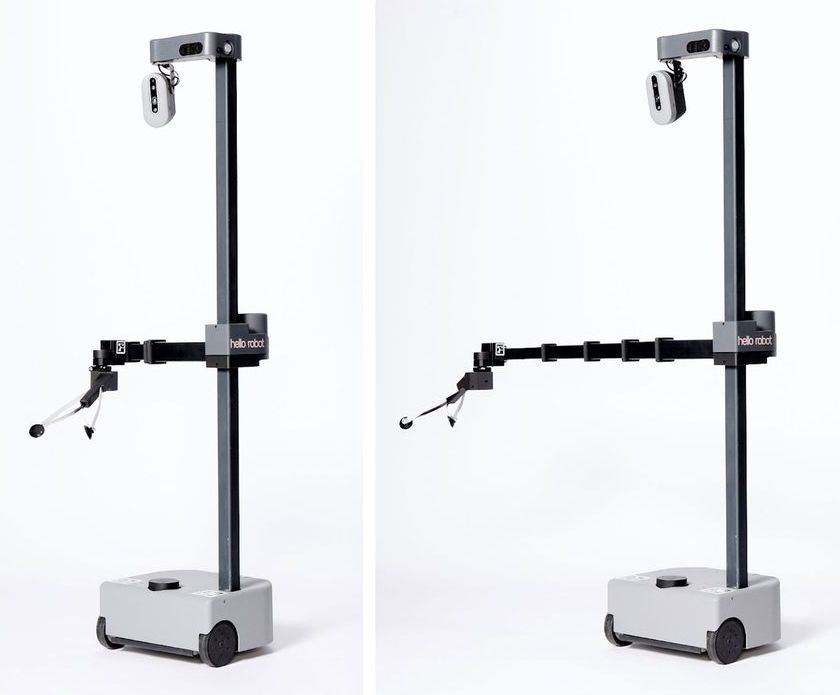

Hello Robot’s Stretch wants to reinvent how mobile manipulators perform tasks in home environments.


In the coronavirus economy, companies are adopting more automation, as they seek to cut costs and increase efficiency. There is debate about which jobs are most at risk and how soon. But climbing up the skills ladder is the best way to stay ahead of the automation wave.
Even groups that regularly disagree on labor issues said there should be significant public investment in programs that can upgrade the skills of American workers.
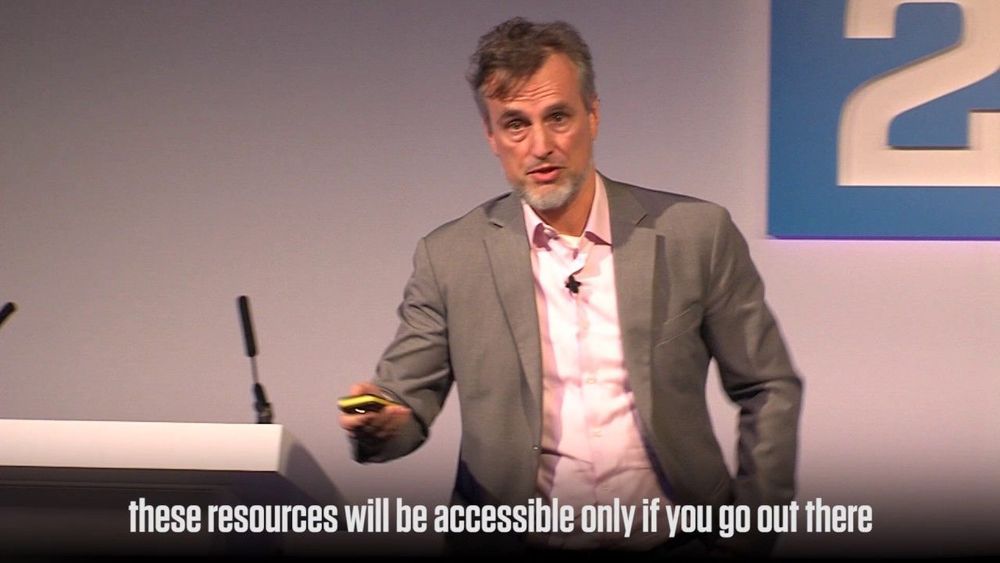
Circa 2016
“In 2050 there will be trillions of self-replicating robot factories on the asteroid belt,” he tells the audience at WIRED2016.
“A few million years later, AI will colonise the galaxy. Humans are not going to play a big role there, but that’s ok. We should be proud of being part of a grand process that transcends humankind more than the industrial revolution. It is comparable to the invention of life itself, and I am privileged to live this moment and witness the beginnings of this.” — Jürgen Schmidhuber
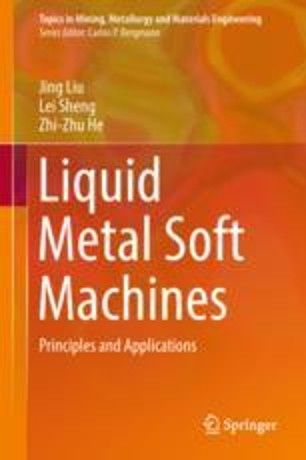
Liquid metal machine can also be made as tiny motors. In fact, the micro- or even nanomotors that could run in a liquid environment is very important for a variety of practices such as serving as pipeline robot, soft machine, drug delivery, microfluidics system, etc. However, fabrication of such tiny motors is generally rather time and cost consumptive and has been a tough issue due to the involvement of too many complicated procedures and tools. This lab had discovered a straightforward injectable way for spontaneously generating autonomously running soft motors in large quantity Yao et al (Injectable spontaneous generation of tremendous self-fuelled liquid metal droplet motors in a moment, 2015 [ 1 ]). It was demonstrated that injecting the GaIn alloy pre-fuelled with aluminum into electrolyte would automatically split in seconds into tremendous droplet motors swiftly running here and there. The driving force originated from the galvanic cell reaction among alloy, aluminum, and surrounding electrolyte, which offers interior electricity and hydrogen gas as motion power. This finding opens the possibility to develop injectable tiny-robots, droplet machines, or microfluidic elements. It also raised important scientific issues regarding characterizing the complicated fluid mechanics stimulated by the quick running of the soft metal droplet and the gases it generated during the traveling. Our lab Yuan et al (Sci Bull 60:1203–1210, 2014 [ 2 ]) made further efforts to disclose that the self-powered liquid metal motors takes interiorly driven macroscopic Brownian motion behavior. Such tiny motors in millimeter-scale move randomly at a velocity magnitude of centimeters per second in aqueous alkaline solution, well resembling the classical Brownian motion. However, unlike the existing phenomena where the particle motions were caused by collisions from the surrounding molecules, the random liquid metal motions are internally enabled and self-powered, along with the colliding among neighboring motors, the substrate, and the surrounding electrolyte molecules. This chapter illustrates the typical behaviors of the self-powered tiny liquid metal motors.

On January 2, 2020, the state of New South Wales declared a state of emergency as Australia’s bushfires continued their deadly rampage. The next day the Australian state’s former fire commissioner urged the prime minister to call in back-up. The country needed more fire bombers from North America and Europe.
But one machine already hard at work was the S-64E Air Crane, operated by Oregon-based Erickson Inc. Six of its huge helicopters had been already been dousing the fires that put Australians—and the continent’s indigenous wildlife—at risk.
“Flying against the fires in Australia, we’ve put more hours on the S-64s per week this year than we’ve seen in quite some time,” says Jeff Baxter, Director of Research and Development at Erickson.
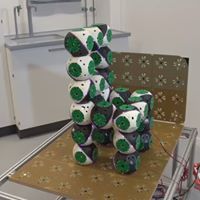
Need an extra chair? No problem: These robots will turn into one for you.
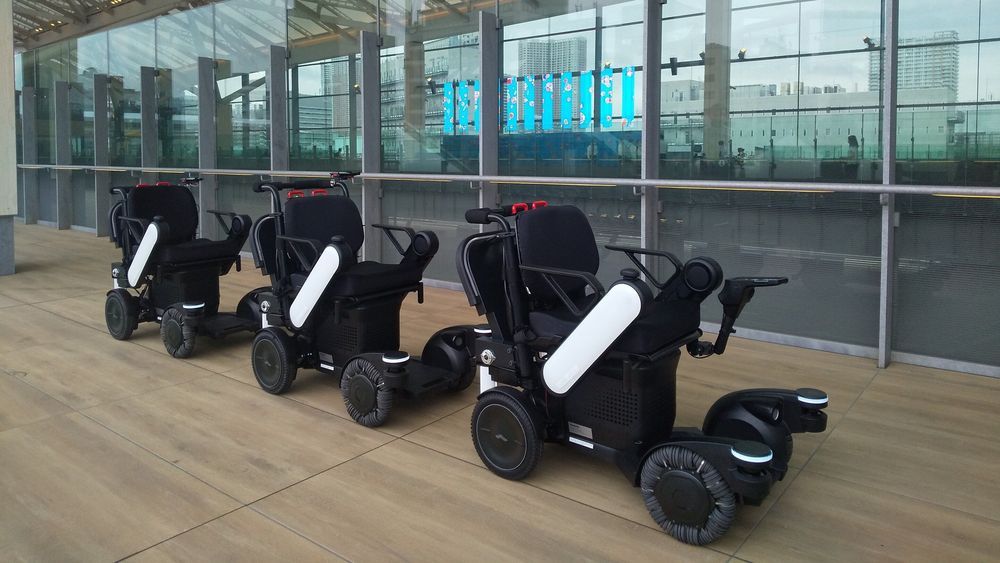
Panasonic has begun testing robotic mobility devices at the newly constructed Takanawa Gateway train station in Tokyo.
The effort is art of a plan to bring a series of automated services to the airport and surrounding facilities that are part of a massive redevelopment project in the surrounding Shinagawa business district.
Three mobility devices, essentially intelligent electric wheelchairs, will be used as a single group in the trial. The experiment will focus on ensuring the safety of passengers with mobility issues as they are transported throughout the huge facilities.

Over the past few years, researchers have been trying to apply quantum physics theory to a variety of fields, including robotics, biology and cognitive science. Computational techniques that draw inspiration from quantum systems, also known as quantum-like (QL) models, could potentially achieve better performance and more sophisticated capabilities than more conventional approaches.
Researchers at University of Genoa, in Italy, have recently investigated the feasibility of using a QL approach to enhance a robot’s sensing capabilities. In their paper, pre-published on arXiv, they present the results of a case study where they tested a QL perception model on a robot with limited sensing capabilities within a simulated environment.
“The idea for this study came to me after reading an article written in 1993 by Anton Amann, (‘The Gestalt problem in quantum theory’) in which he compared the problem of Gestalt perception with the attribution of molecular shape in quantum physics,” Davide Lanza, one of the researchers who carried out the study, told TechXplore. “I was amazed by this parallel between cognition and quantum phenomena, and I discovered then the flourishing field of quantum cognition studies.”

Google today announced that it has signed up Verizon as the newest customer of its Google Cloud Contact Center AI service, which aims to bring natural language recognition to the often inscrutable phone menus that many companies still use today (disclaimer: TechCrunch is part of the Verizon Media Group). For Google, that’s a major win, but it’s also a chance for the Google Cloud team to highlight some of the work it has done in this area. It’s also worth noting that the Contact Center AI product is a good example of Google Cloud’s strategy of packaging up many of its disparate technologies into products that solve specific problems.
“A big part of our approach is that machine learning has enormous power but it’s hard for people,” Google Cloud CEO Thomas Kurian told me in an interview ahead of today’s announcement. “Instead of telling people, ‘well, here’s our natural language processing tools, here is speech recognition, here is text-to-speech and speech-to-text — and why don’t you just write a big neural network of your own to process all that?’ Very few companies can do that well. We thought that we can take the collection of these things and bring that as a solution to people to solve a business problem. And it’s much easier for them when we do that and […] that it’s a big part of our strategy to take our expertise in machine intelligence and artificial intelligence and build domain-specific solutions for a number of customers.”
The company first announced Contact Center AI at its Cloud Next conference two years ago and it became generally available last November. The promise here is that it will allow businesses to build smarter contact center solutions that rely on speech recognition to provide customers with personalized support while it also allows human agents to focus on more complex issues. A lot of this is driven by Google Cloud’s Dialogflow tool for building conversational experiences across multiple channels.